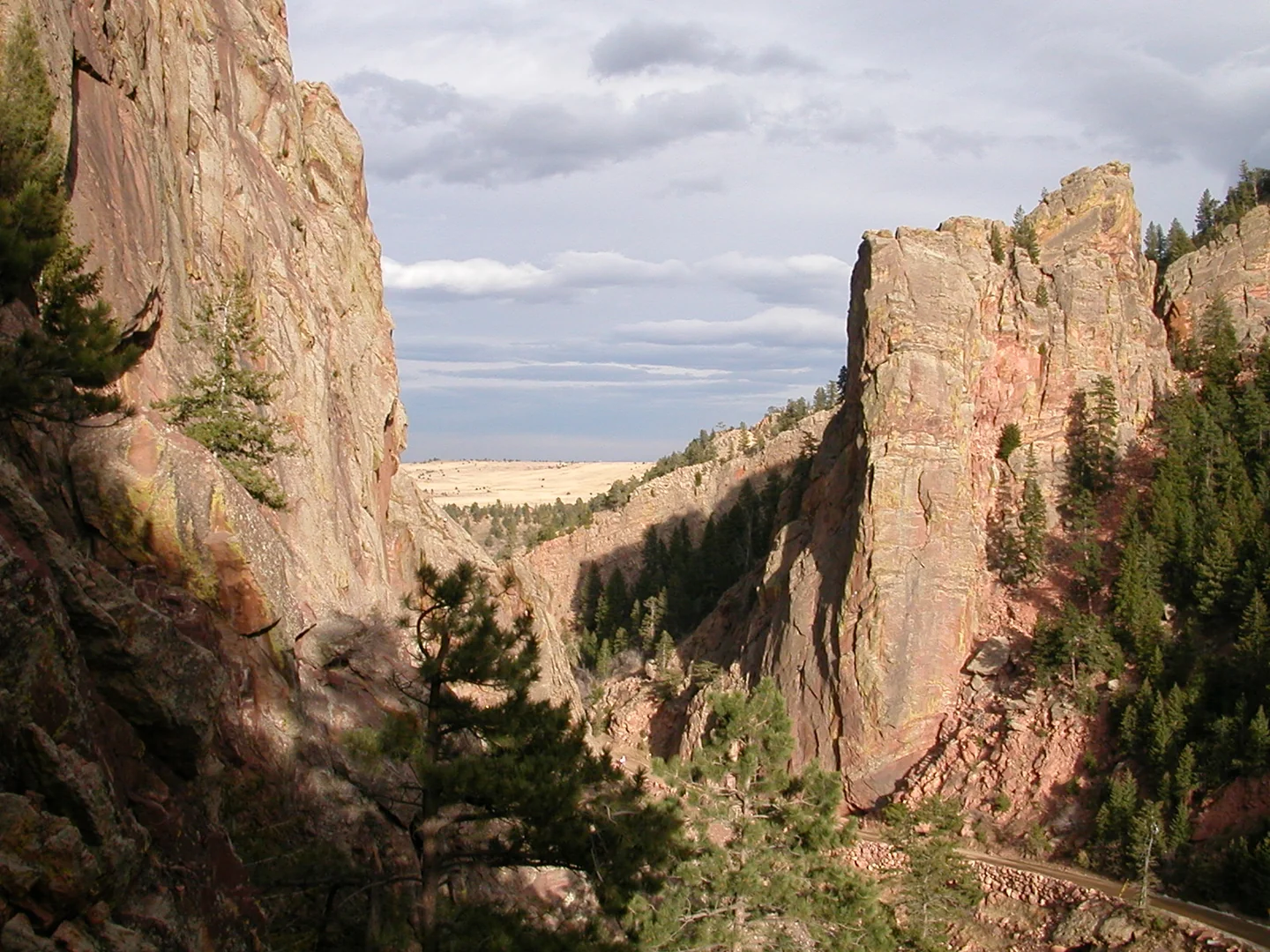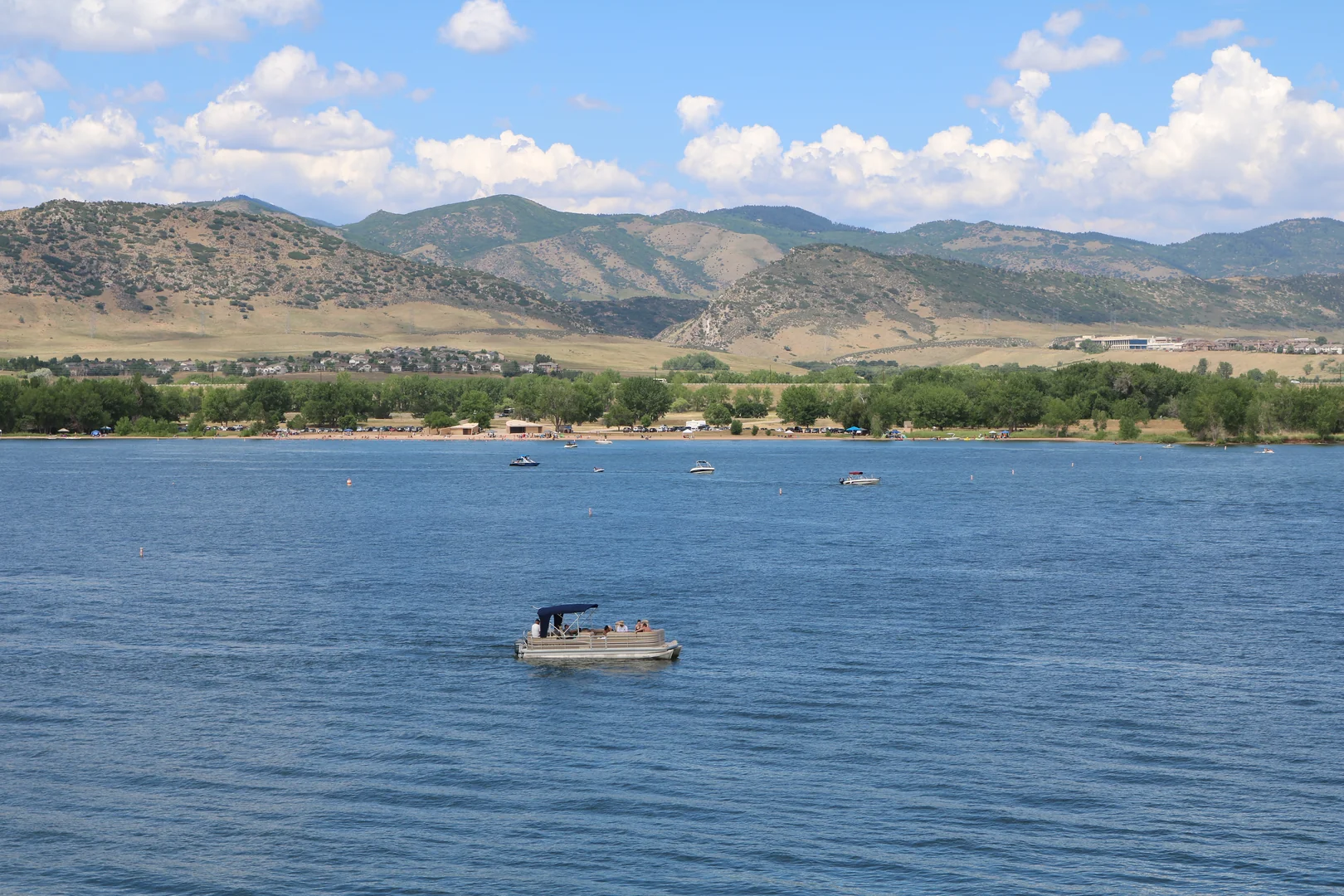3 Can't Miss State Parks in Colorado
Colorado's state park system protects some of the most spectacular and accessible natural landscapes in the American West. While the state's national parks ofte

Colorado's state park system protects some of the most spectacular and accessible natural landscapes in the American West. While the state's national parks often steal the spotlight, these three exceptional state parks offer equally stunning experiences with fewer crowds and more intimate encounters with Colorado's diverse ecosystems. From dramatic sandstone canyons that challenge world-class climbers to serene reservoirs perfect for family recreation, each park represents a unique facet of the Colorado landscape.
Planning your visits requires understanding that Colorado's elevation and weather patterns can shift dramatically between locations and seasons. Entry fees typically range from $8-10 per vehicle for day use, with annual Colorado state parks passes available for $80. Summer months bring peak visitation, especially on weekends, so arriving early or visiting during shoulder seasons often provides the best experience. These parks showcase everything from Front Range foothills to prairie wetlands, offering adventures that range from adrenaline-pumping rock climbing to peaceful botanical garden strolls.
Eldorado Canyon State Park
Eldorado Canyon cuts through ancient rock formations like a massive cathedral, its towering sandstone walls rising 800 feet above South Boulder Creek. This geological masterpiece, carved over millions of years, creates one of Colorado's most dramatic and intimate canyon experiences. The golden and red Fountain Formation sandstone glows brilliantly during golden hour, transforming the canyon into a natural amphitheater of color and shadow.
World-renowned rock climbers consider Eldorado Canyon among the premier climbing destinations globally, with over 1,000 established routes ranging from beginner-friendly 5.4 climbs to death-defying 5.14 challenges. The Bastille Crack, Naked Edge, and Rincon Wall attract climbers from around the world, their vertical faces offering technical challenges that have shaped modern climbing techniques. Even non-climbers find themselves mesmerized watching tiny figures navigate these imposing walls with balletic precision.
The Rattlesnake Gulch Trail provides the park's signature hiking experience, winding 1.4 miles through diverse ecosystems before reaching the ruins of the historic Crags Hotel. Built in 1908 as a luxury mountain resort, the hotel's stone foundations now serve as a haunting reminder of Colorado's early tourism boom. The trail gains 800 feet of elevation through ponderosa pine forests and rocky meadows, offering increasingly spectacular views of the Continental Divide.
For easier exploration, the streamside trail follows South Boulder Creek through the canyon floor, passing swimming holes and beaver ponds while providing excellent wildlife viewing opportunities. Mountain lions, black bears, and elk inhabit the area, though deer and various bird species are more commonly spotted. The creek's pools offer refreshing respites during summer hikes, though the water remains quite cold year-round.
Visitor logistics require advance planning, particularly during peak seasons. The park's small parking area fills by 9 AM on summer weekends, and no overflow parking exists outside the park boundaries. Arriving before 8 AM or after 3 PM typically ensures parking availability. The park closes at sunset year-round, and winter conditions can make the access road treacherous without proper tires. Located just eight miles southwest of Boulder via Highway 93 and Eldorado Springs Drive, the park offers easy Front Range access while feeling remarkably remote once you're within the canyon walls.
Chatfield State Park
Chatfield Reservoir transforms Colorado's high prairie landscape into a recreational oasis, its 1,550 acres of water creating habitat diversity that attracts over 200 bird species throughout the year. This remarkable convergence of prairie, wetland, and riparian ecosystems makes Chatfield unique among Colorado's state parks, offering everything from world-class fishing to botanical gardens within a single destination.
The reservoir's warm, shallow bays provide exceptional fishing for warmwater species, including largemouth bass, walleye, and channel catfish. Anglers consistently report success from both shore and boat, with the dam area and Chatfield Marina producing particularly good results. The park maintains several fishing piers and accessible shoreline areas, making it ideal for families and anglers with mobility limitations. Ice fishing during winter months adds another dimension, though ice conditions vary significantly year to year.
Boating enthusiasts appreciate Chatfield's full-service marina, boat ramps, and generous no-wake zones that create safe areas for kayaking, paddleboarding, and swimming. The reservoir's size prevents the overcrowded conditions common at smaller Front Range lakes, while its protected bays offer calm water even on windy days. Wakeboarding and water skiing are popular in designated areas, and the park's swim beach provides lifeguarded swimming during summer months.
The Chatfield Botanic Gardens, managed by Denver Botanic Gardens, showcase native Colorado plants alongside cultivated collections in themed garden areas. The Dryland Mesa features drought-tolerant plants perfectly adapted to Colorado's semi-arid climate, while the Woodland Mosaic demonstrates how different plant communities create habitat niches. Over four miles of interconnected trails wind through the gardens, connecting to the park's broader trail network that totals nearly 20 miles.
Wildlife viewing opportunities abound, particularly during spring and fall migrations when waterfowl populations peak. Great blue herons, bald eagles, and osprey nest within the park, while prairie species like burrowing owls and meadowlarks inhabit the grassland areas. The Audubon Society considers Chatfield among Colorado's premier birding destinations, with specialized habitats supporting both mountain and prairie species.
Camping facilities include 153 sites across multiple campgrounds, from primitive tent sites to full-hookup RV spaces. The Elk Creek and Fox Run campgrounds offer the most privacy, while Kingfisher and Plum Creek provide easier reservoir access. Reservations are essential during summer months, and the park's proximity to Denver makes it extremely popular for weekend camping trips.
Golden Gate Canyon State Park
Golden Gate Canyon State Park encompasses 11,998 acres of classic Colorado mountain terrain, its elevation ranging from 7,400 to 10,400 feet across diverse ecosystems that showcase the Rocky Mountain experience without requiring technical mountaineering skills. Rolling meadows dotted with aspen groves give way to dense conifer forests, while exposed ridgelines offer panoramic views stretching from the Front Range to the Continental Divide.
The park's 36 miles of hiking trails cater to every skill level, from gentle nature walks to challenging summit hikes. The Panorama Point Trail, arguably the park's crown jewel, climbs 3.1 miles through changing vegetation zones before reaching spectacular 360-degree views at 10,000 feet elevation. On clear days, this vantage point reveals Denver's skyline, the Indian Peaks, and Mount Evans, creating perspective on Colorado's dramatic topographical contrasts.
For more moderate adventures, the Mountain Base Loop combines portions of several trails into a 2.3-mile circuit through aspen and pine forests, passing historic cabin sites and seasonal wildflower meadows. The Mule Deer and Elk trails offer easier walking while providing excellent wildlife viewing opportunities, particularly during dawn and dusk hours when animals are most active.
Wildlife diversity reflects the park's elevation range and habitat variety. Elk herds are frequently spotted in meadow areas, while black bears, mountain lions, and bobcats inhabit the forest zones. Over 100 bird species have been recorded, including mountain-specific species like gray jays, Clark's nutcrackers, and occasional golden eagles soaring above the ridgelines.
Camping options range from primitive backcountry sites to developed campgrounds with modern amenities. The Reverends Ridge Campground sits at 9,000 feet elevation, offering cooler summer temperatures and spectacular sunrise views, though nights remain chilly even in summer. Aspen Meadow Campground provides a more sheltered option at lower elevation, with larger sites suitable for RVs and group camping.
The park's proximity to historic Black Hawk adds cultural interest, while the Kriley Pond area offers easy fishing access and picnic facilities perfect for families. Winter transforms the landscape into a cross-country skiing and snowshoeing paradise, with groomed trails and warming huts supporting cold-weather recreation.
Seasonal considerations significantly impact the Golden Gate experience. Snow typically closes high-elevation areas from November through April, while summer thunderstorms can develop rapidly in afternoon hours. The park's elevation means temperatures run 10-15 degrees cooler than Denver, requiring layers even during summer visits.





